How to Help Your Teens Engage Dystopian Tales
About ten years ago, dystopian books were all the rage. At the time my kids were too young to read any of the books, but I stored away a few series to read with them later. Dystopian novels have great ideas parents can discuss with their older kids, going all the way back to the ancient classics.
Some credit Aldous Huxley and George Orwell for inventing the dystopian genre.
But consider the Greek myth of Theseus and the Minotaur. Every year, the men of Athens must send a portion of their best youth to Crete to run through the labyrinth in hopes of escaping the Minotaur.
Does that sound familiar? It should, because The Maze Runner and The Hunger Games used that theme.
Kids can easily notice such common themes told throughout history, not just story tropes like monsters and mazes, but simple themes, like the underdog hero who triumphs over the evil tyrant.
Since YA dystopia books’ heyday a decade ago, newer books have changed in flavor.
For example, fewer stories feature “Chosen One” heroes caught in love triangles (such as Katniss Everdeen from The Hunger Games). Instead, more stories explore dystopian governments in uniquely themed worlds.
For example, Secrets in the Mist offers a steampunk zombie adventure under a dystopian government that exists only to help the upper class. Enhanced blends futuristic Chinese influences, complete with genetic engineering and a social-credit system, while Recorder also focuses on deeper themes of technology and humanity.
Of course, dystopian books can just be a fun read. They do not always need to be more than that. There is also a time and place for reading solely for fun.
However, you may want to take your teen’s dystopian enjoyments to another level.
Ten tips to help your teens engage dystopian stories
- Every dystopian book features a broken world. Ask young readers: How is this fictional world broken? Does the book explain what broke the world?
- Remind them of the Bible’s inciting incident for our broken world, in Genesis 3.
- Ask young readers: How did the story’s heroes try to fix their broken world?
- Based on Scripture, how do people try to fix their broken lives? You can refer to the rest of Genesis and the history books of the Old Testament.
- Almost every dystopian book has a Chosen One character who is destined to fix the world. In this story, who is the Chosen One?
- Similarly, in Genesis 3, God gives a prophecy that sets up how Jesus will save us from our sins. Much later, the Gospels show how this actually played out.
- Many young adult dystopian books end with the arrival of a new government. But adult dystopian books often end with a more dismal ending and the Chosen One failing to change the government. How was the world fixed—if it was fixed?
- Lead young readers back to the Bible, beyond the Old Testament and gospels.0 Look to the book of Revelation, especially chapters 20–22, God’s final triumph.
- As your teens: Why do we feel so unsettled when the book’s ending doesn’t fix everything? What feelings and thoughts has God placed in us that make us long for justice, not just in our real lives but in a fictional world?
- Look up some of David’s Psalms, especially the Psalms he wrote when he was on the run from Saul or from his enemies. How do David’s cries for justice sound so familiar? Where in the real world do we hear people crying out for justice, from enemies, oppressive governments, or anywhere else?
How to find the best Christian-made dystopian novels
Most current dystopian books are the start of a series, usually a trilogy of books. This list will mention the first book in a series.
Lorehaven has reviewed several of these titles. You can find even more under the dystopian BookTag in our library.

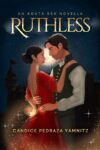



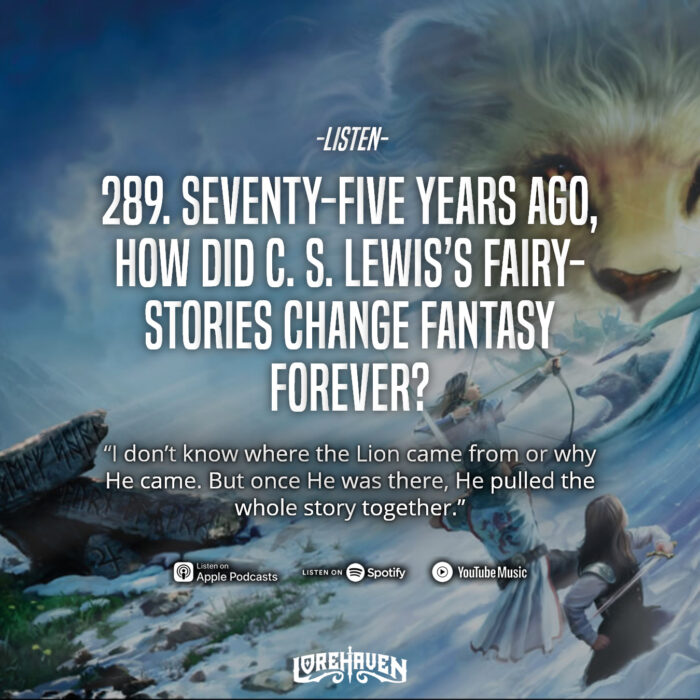
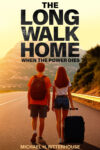
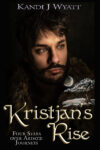

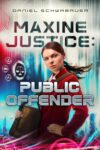
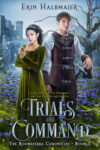
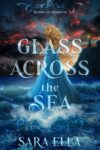

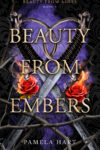
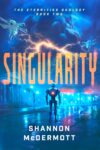
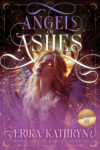
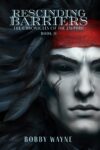
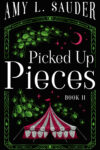
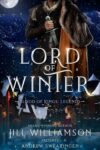
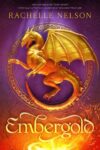

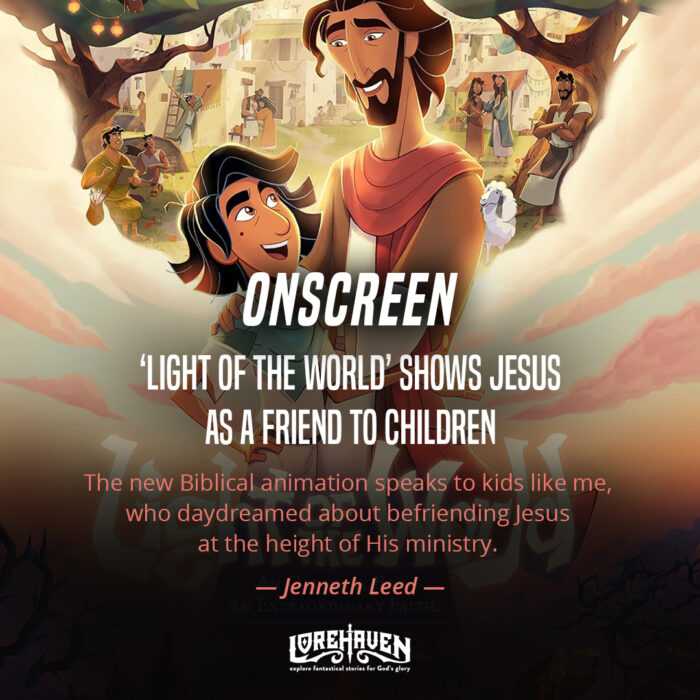
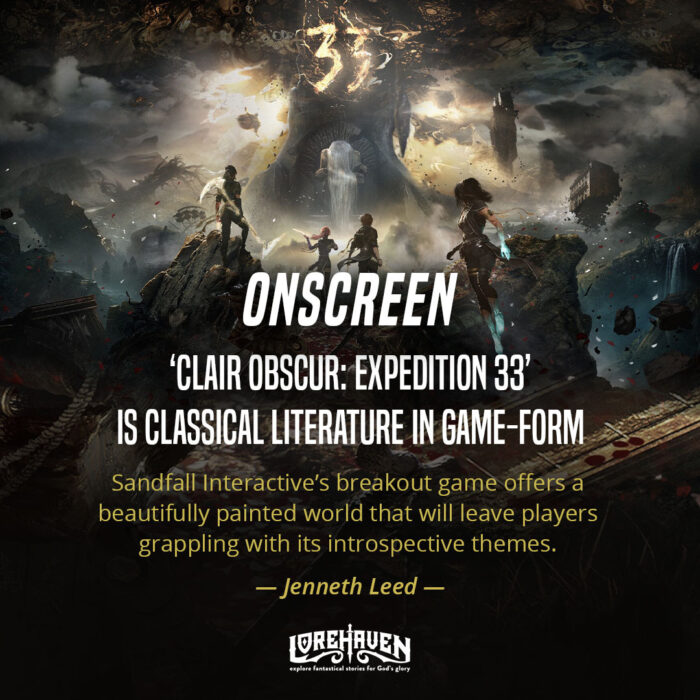







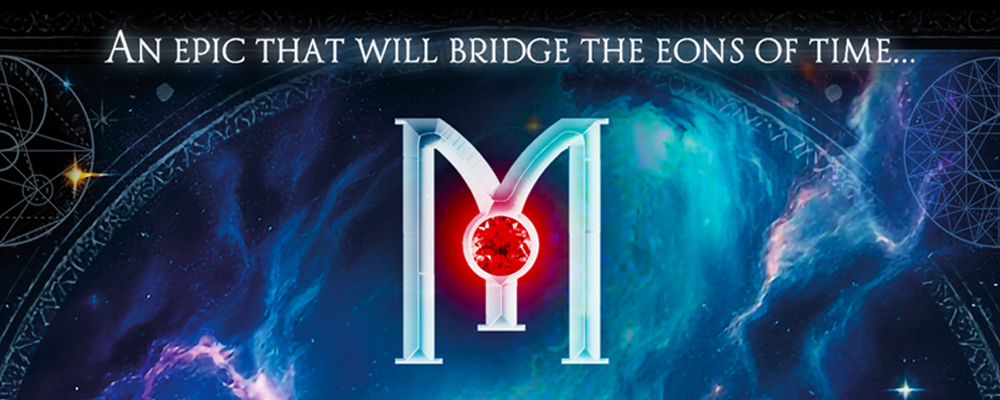

Ticia Messing’s article on Dystopian Tales is genius. Thank you, Ticia. C